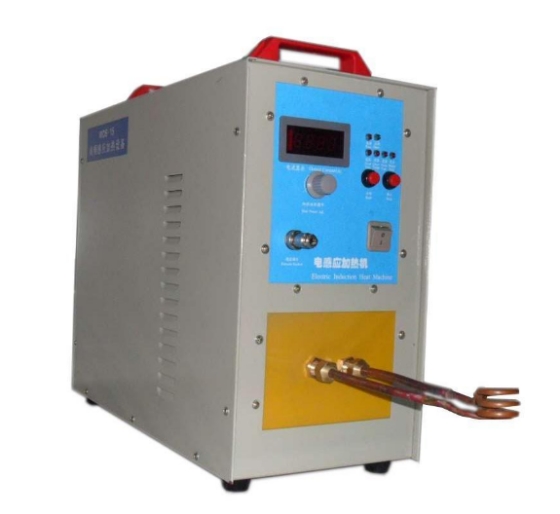- 07
- Jun
A summary of common troubleshooting methods for small high-frequency hardening machines
A summary of common troubleshooting methods for small high-frequency hardening machines
The small high-frequency hardening machine has been used for a long time, and there will be a series of small failures or problems during operation, so the editor summarizes the common troubleshooting methods of small high-frequency hardening machines:
1. Failure caused by undervoltage
The troubleshooting method is to adjust the adjustable resistance of the device panel in a clockwise or counterclockwise direction until the panel undervoltage lamp does not light up.
2. Water temperature failure
Elimination method one is that the water temperature alarm that occurs during work is caused by water heat. The water temperature needs to be lowered, or it may be caused by the blockage of the waterway. Just find the blockage of the water and clear it.
Elimination method two is to replace it due to the failure of the water temperature relay.
3. Water pressure alarm
Elimination method 1. Check whether the water pressure gauge is normal to see if it is damaged or adjust the water pressure to see if it is normal.
Elimination method 2: Check the pressure of the water pump to see if there is any blockage.
Four, overcurrent elimination
Remedy 1. To check whether the furnace body coil is short-circuited and fired, press the overcurrent reset button.
Remedy two, it may be that the control circuit, the main board, and the drive board are faulty and replace it.
Five, can not start
Elimination method, if there is a change in load, adjust the frequency switch to a position suitable for starting.
Six, burn 380V small board
The elimination method may be caused by the ignition of the furnace body or the inductor, and it can be used after handling it.
After the machine has been used for a long time, it is normal to have a failure. What you need to do after a failure is to troubleshoot the problem and deal with the problem in time, so as not to affect the work and reduce the loss caused by the failure.

